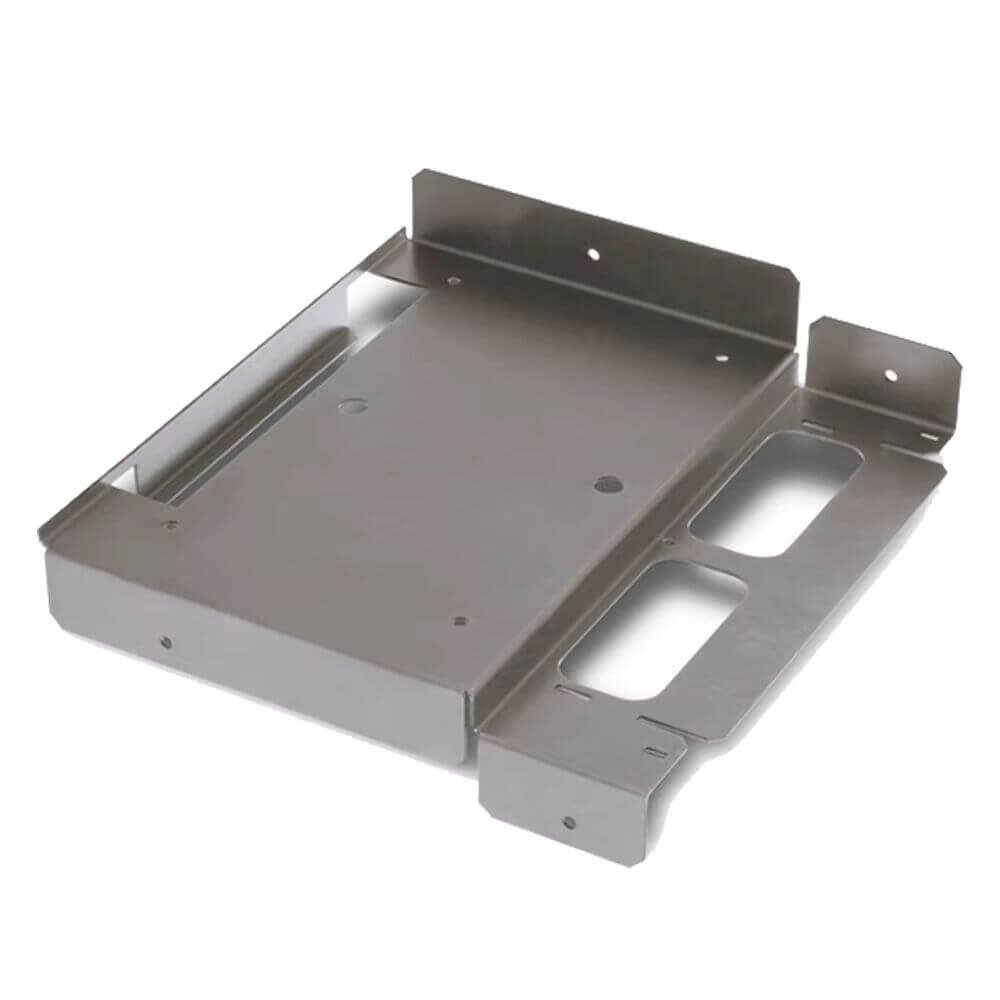
5 Common Manufacturing Challenges in Precision Sheet Metal Enclosures
In the industrial manufacturing sector, precision sheet meta
Company News, Industry Information, and more.

In the industrial manufacturing sector, precision sheet meta
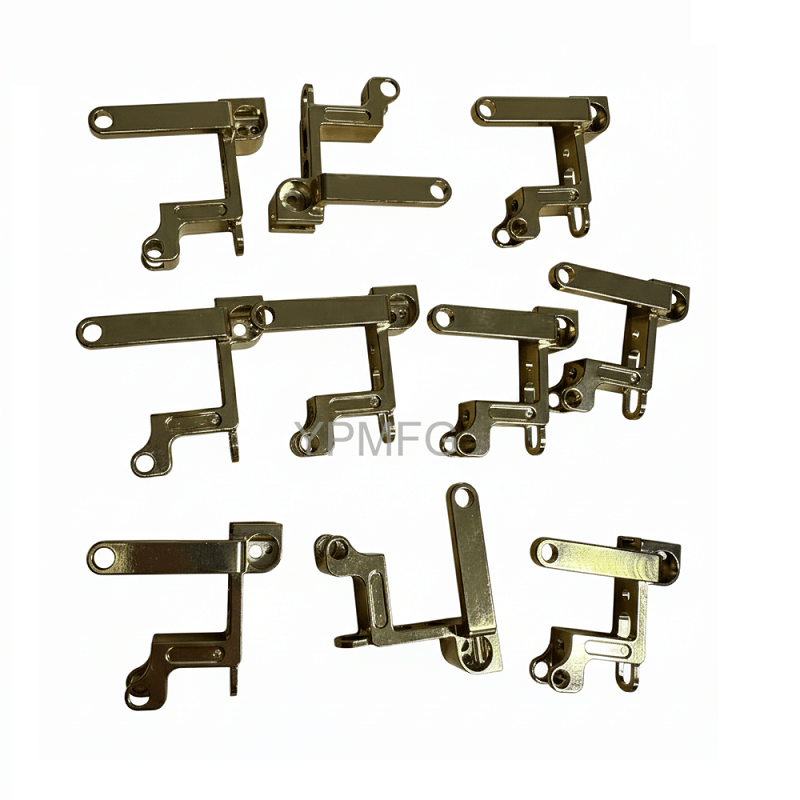
1. Project Background As the tattoo equipment industry conti
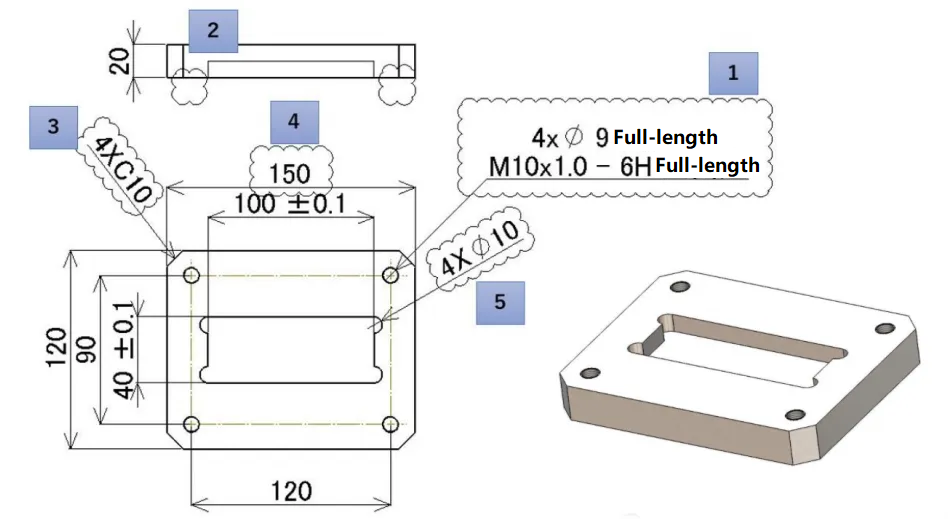
Simple-looking parts can receive surprisingly high CNC quotes. Learn which drawing details increase machining cost and how to optimize designs to reduce price.
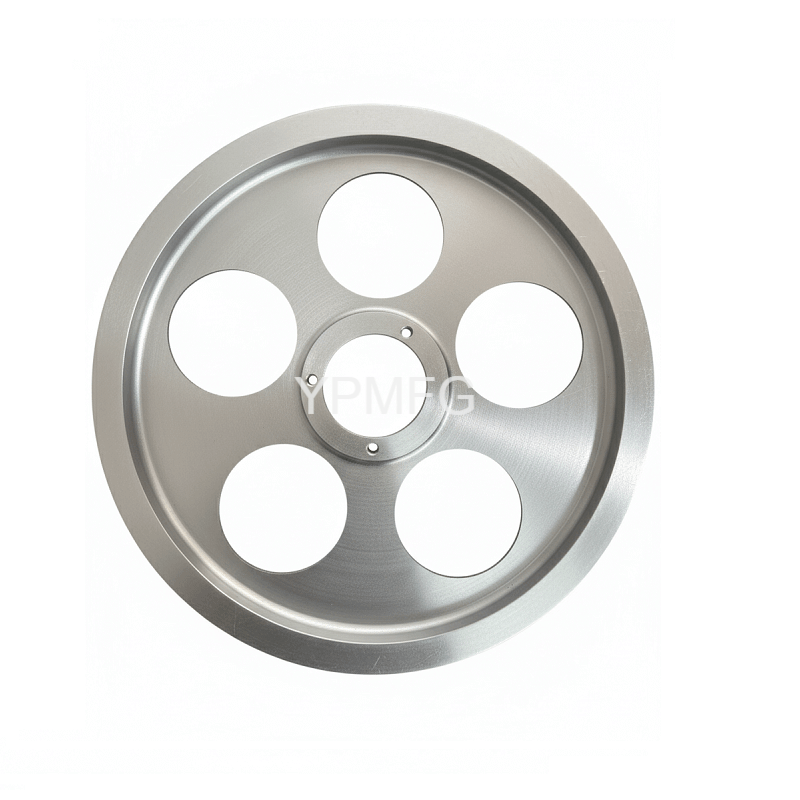
This case study highlights the successful CNC precision machining of a custom gearbox component featuring complex hole patterns, multiple bolt circle diameters, and critical positional tolerances. The part plays an important role within a gearbox and motor transmission system, where machining accuracy directly affects assembly alignment, operational stability, and service life.
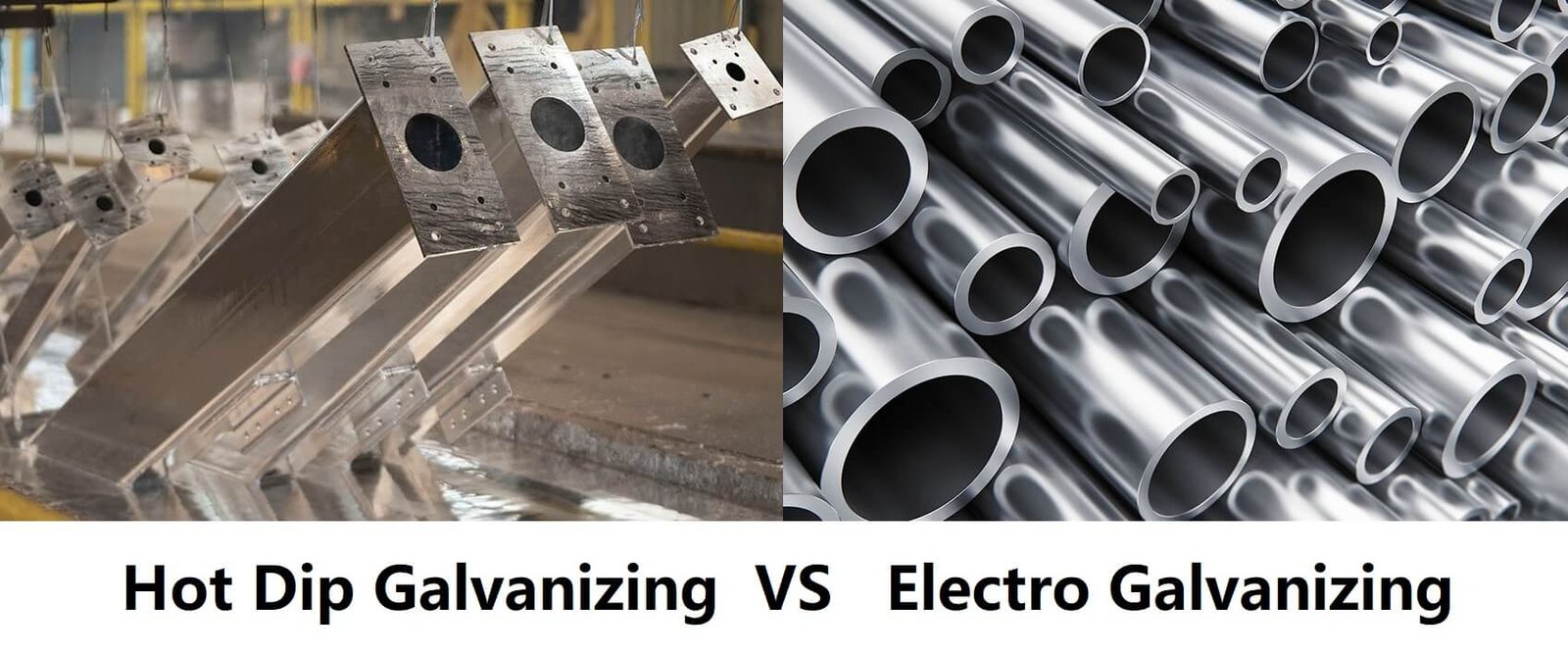
Hot Dip Galvanizing (HDG) and Electro-Galvanizing, though differing by only one word vary significantly in their process principles, anti-corrosion performance, and application scenarios. This article provides an in-depth analysis of both techniques from a materials science and engineering application perspective.
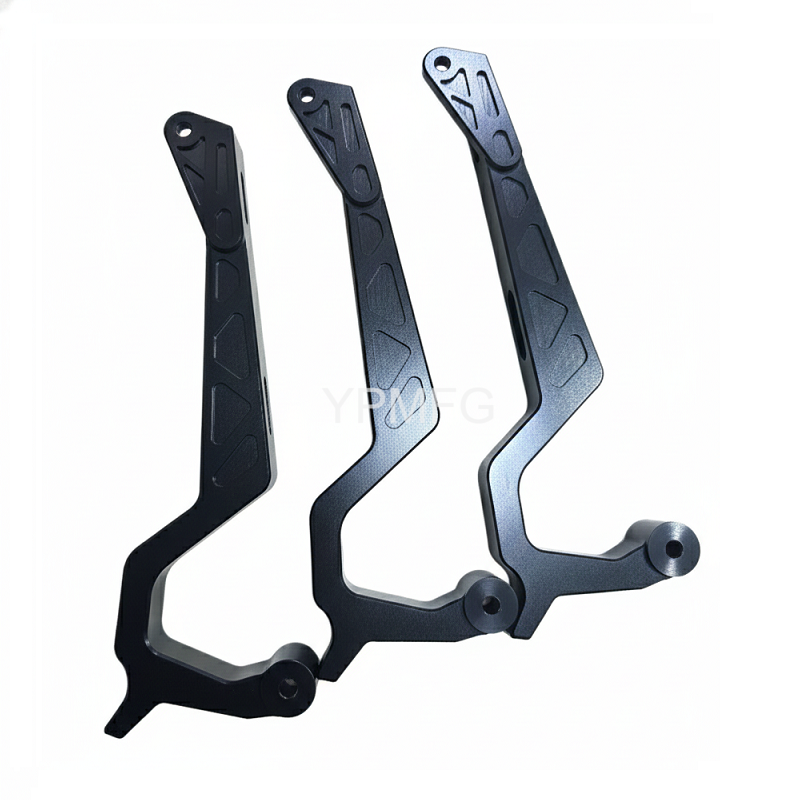
Discover how we manufactured high-precision automotive bonnet hinge arms and strut mounts. Case study on controlling distortion in long machined parts and 5-axis solutions
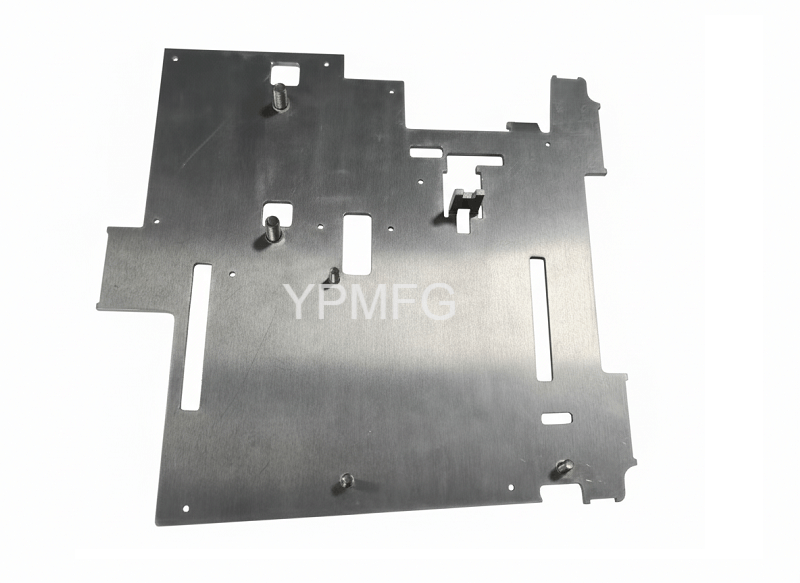
Explore how we custom machine high-reliability, corrosion-resistant 5052 aluminum battery mounting plates for the marine industry. We focus on complex bending, precision riveting, and tight tolerance control for cost-effective marine components.
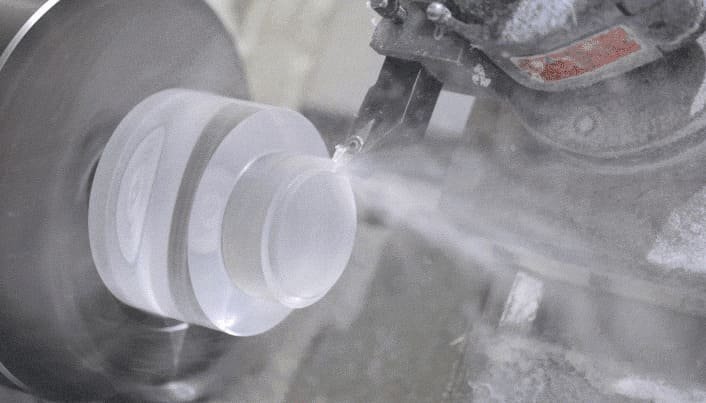
Soft machining is a fundamental process in modern metal manufacturing. This guide covers everything from definitions, processes, methods, advantages, challenges, and supplier selection, to FAQs and case study insights.
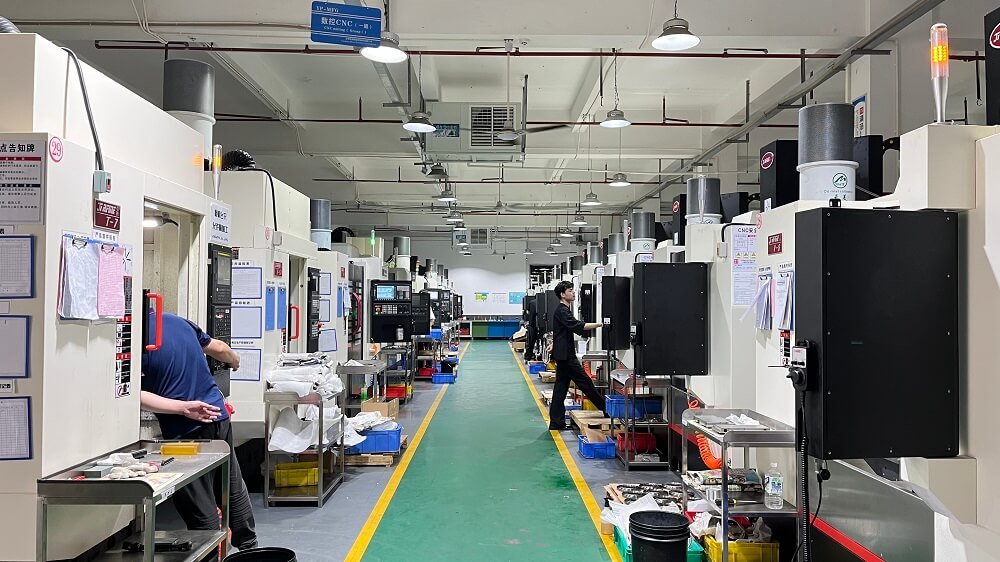
Learn the essential parts and structure of a CNC machine, including core components, working principles, configurations, axes systems, maintenance tips, and upgrade strategies.

Soft machining is a fundamental process in modern metal manufacturing. This guide covers everything from definitions, processes, methods, advantages, challenges, and supplier selection, to FAQs and case study insights.

Learn the essential parts and structure of a CNC machine, including core components, working principles, configurations, axes systems, maintenance tips, and upgrade strategies.
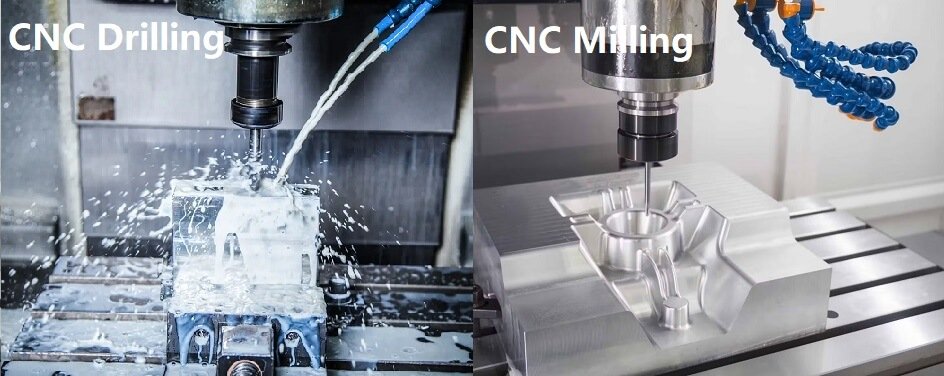
In the world of precision manufacturing and machining, drilling and milling are two of the most fundamental and critical metal removal processes. While both aim to alter the shape of a workpiece through cutting, they differ fundamentally in cutting principles, application scenarios, required equipment, and the resulting workpiece quality.
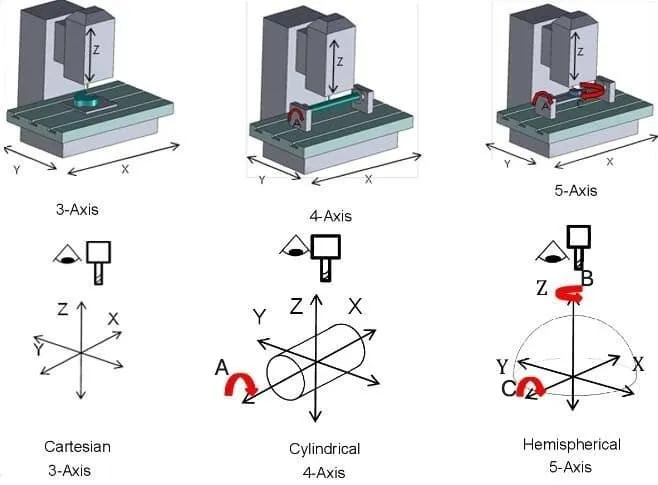
Understand the working principle, advantages, and applications of 3+2 axis CNC machining, and compare it with five-axis simultaneous machining. Master how to choose a machining solution that offers lower cost and higher precision.
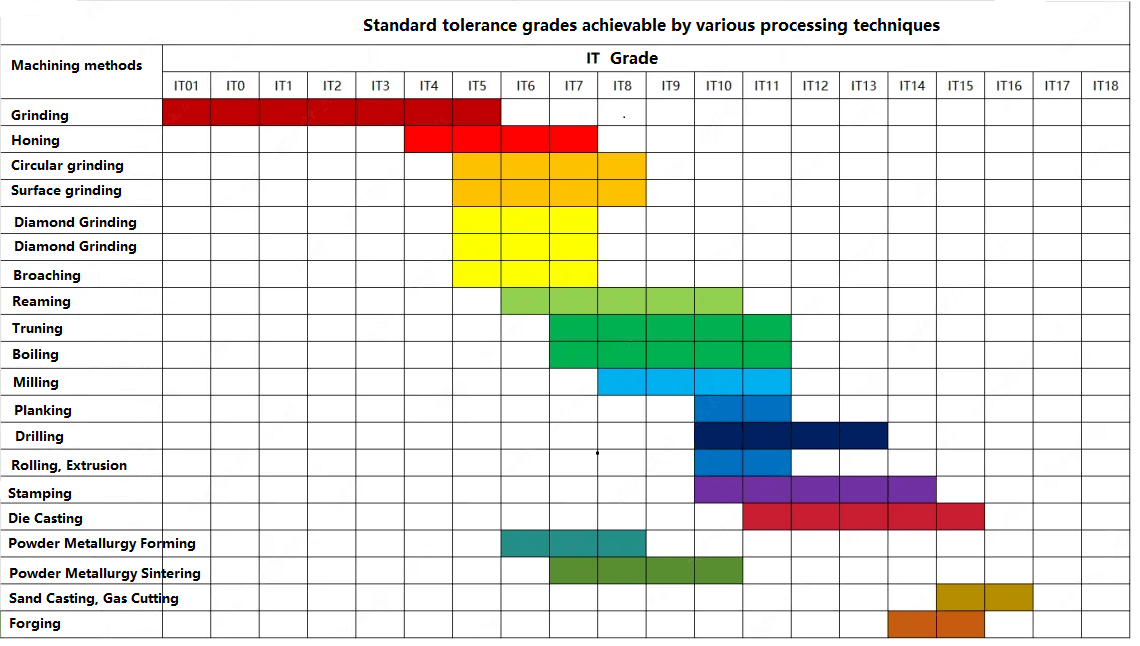
Understanding the achievable precision ranges and tolerance levels of CNC machining methods such as turning, milling, planing, grinding, drilling, and boring will help you choose the most suitable machining process.
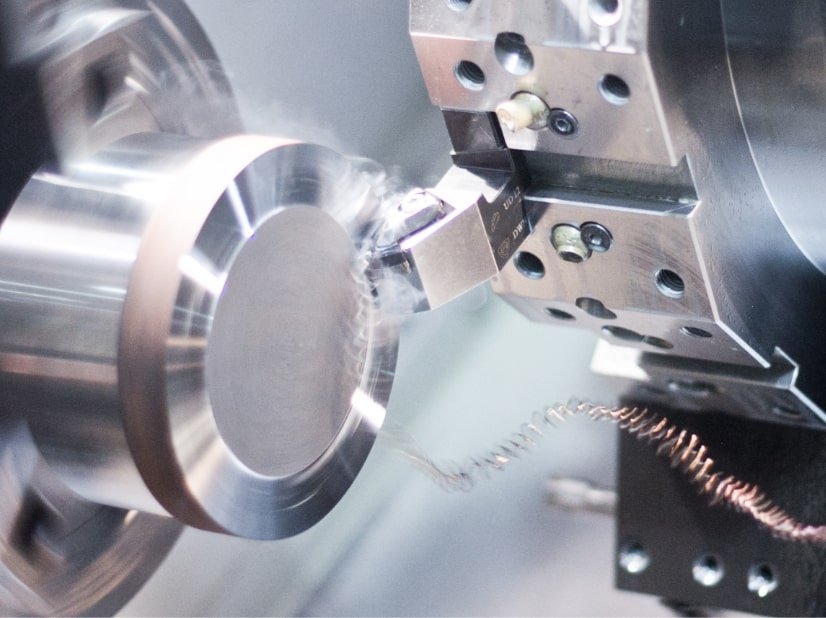
CNC turning excels at producing cylindrical or symmetrical parts by rotating the workpiece, whereas CNC milling uses rotating cutting tools to shape complex surfaces and features. Understanding the distinctions between these two machining processes helps engineers and manufacturers choose the optimal method for each application, balancing precision, speed, and cost efficiency.

In mechanical engineering, housing parts play a crucial role not only providing external protection but also serving as the main support and positioning structure for internal mechanical components. Therefore, the machining process of housing parts is of vital importance, as it directly affects the overall performance and service life of the equipment.

The automobile manufacturing industry is one of the key pillars of modern industry. With the rapid development of the global automotive sector and intensifying market competition, the requirements for precision, performance, and consistency in automotive parts have become increasingly stringent.

CNC machining applications in humanoid robot manufacturing, including joints, exoskeletons, transmission systems, and electronic components for high-precision, custom, and efficient production.
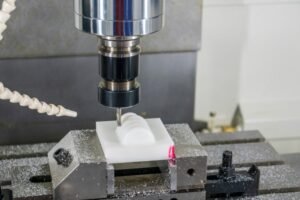
The ultimate guide to ceramic machining, covering advanced methods like grinding, honing, ultrasonic machining, and laser cutting. Learn the advantages, challenges, and applications of machining ceramics in aerospace, medical, electronics, and industrial industries.
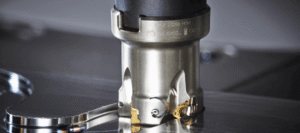
A detailed guide to shoulder milling, covering how the process works, tool types, applications, precision factors, and key advantages for modern manufacturing.

Each process offers unique advantages in terms of material selection, precision, cost, and production speed. Understanding the strengths and limitations of these technologies helps manufacturers choose the most efficient and cost-effective path from concept to reality.
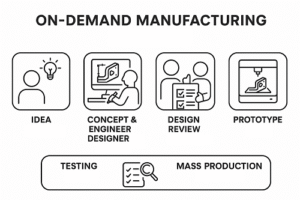
On-demand manufacturing is a production model where goods are manufactured only when an order is placed, rather than being produced in large quantities ahead of time.
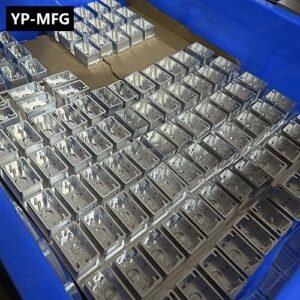
Low volume manufacturing (LVM) refers to the production of parts in relatively small quantities compared to traditional high-volume manufacturing.
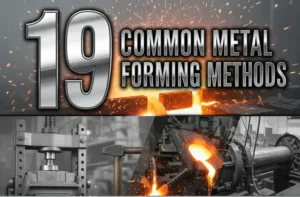
Metal forming is a fundamental process in manufacturing, shaping raw metal into functional and intricate parts. From the simple bending of a sheet to the complex forging of an engine component, these methods are the backbone of industries ranging from automotive and aerospace to construction and consumer goods. This comprehensive guide explores 19 common metal forming methods.
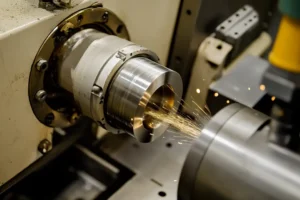
Grinding is a mechanical processing method that uses grinding wheels on grinding machines to perform finishing and superfinishing operations on workpieces. Workpieces processed through grinding can achieve high precision and low surface roughness values.
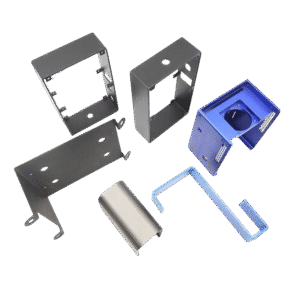
Sheet metal fabrication techniques including cutting, bending, welding, and forming. Learn how these methods are used to produce precise and durable metal parts for various industries.
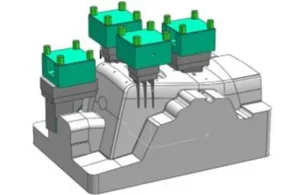
Tips for optimizing EDM electrode design to improve machining precision and efficiency. This guide shares expert insights and proven techniques used in electrical discharge machining.

Corrosion is a common issue affecting various materials and
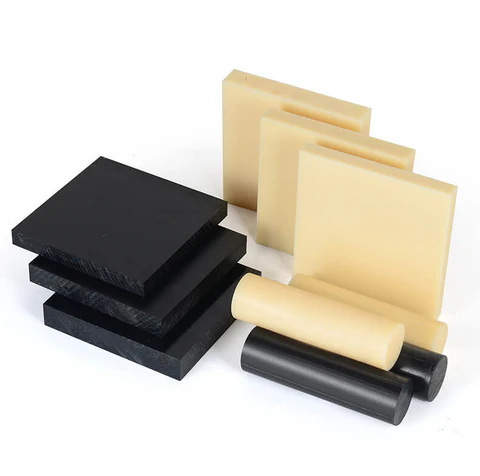
When selecting a plastic material, factors such as its physical properties, mechanical properties, temperature resistance, and processability should be considered. This article will focus on a selection of plastic materials to provide a reference for your selection.
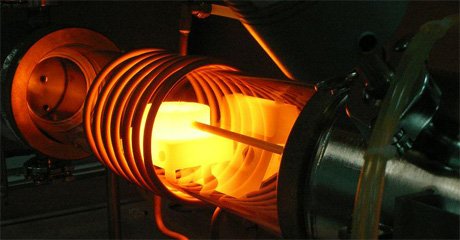
Comprehensive insights into metallurgy and heat treatment in industrial applications: from crystal structures and iron-carbon phase diagrams to annealing, normalizing, quenching, and tempering.
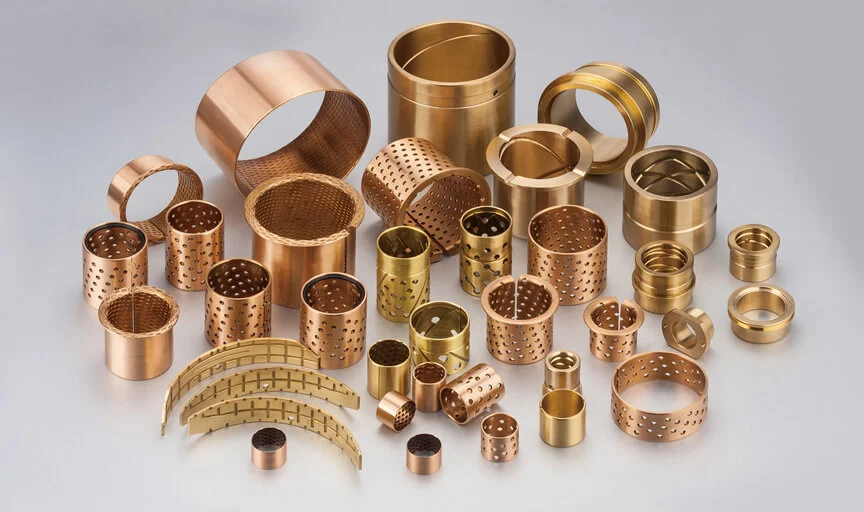
Bronze machining is a cornerstone of modern precision manufacturing, providing industries with durable, corrosion-resistant, and high-performance components.

Top 10 metals with the highest specific stiffness (modulus-to-density ratio). Ideal for aerospace, automotive, and lightweight structural applications. Learn which materials offer the best performance-to-weight advantages.
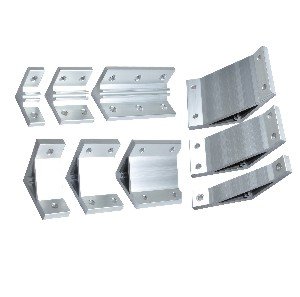
Aluminum alloys are alloys of aluminum with other elements such as copper, magnesium, zinc, silicon, etc. Aluminum alloys have properties such as light weight, high strength, good electrical conductivity and excellent corrosion resistance. Due to these properties, aluminum alloys are widely used in a variety of fields such as aerospace, automotive manufacturing, construction, electronics and packaging materials.
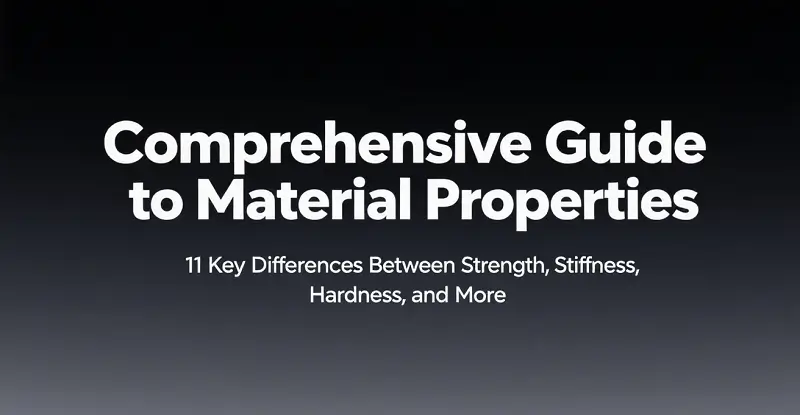
The performance qualities of materials roughly contain strength, stiffness, hardness, deflection, elongation, elasticity, toughness, rigidity and plasticity, etc. This paper goes through the definition, characteristics, application scenarios and core differences of each of these.
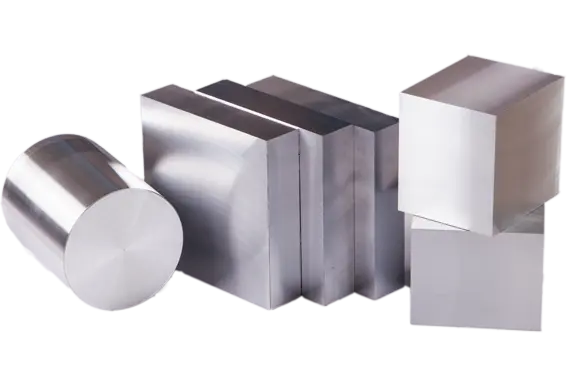
Detailed guide of aluminum alloys 1xxx–8xxx used in CNC machining. Perfect for buyers sourcing high-quality parts for global production.
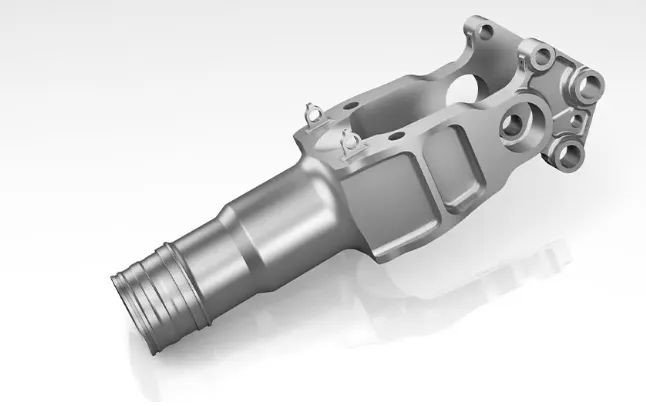
Titanium machining is tough due to heat and wear issues. Find out how to tackle these problems with the right tools, cutting fluids, and optimized techniques.

Hot Dip Galvanizing (HDG) and Electro-Galvanizing, though differing by only one word vary significantly in their process principles, anti-corrosion performance, and application scenarios. This article provides an in-depth analysis of both techniques from a materials science and engineering application perspective.

4 advanced surface finishing technologies transforming the orthopedic medical industry. Learn how precision grinding, deburring and polishing, cleaning and sterilization, and coating technologies enhance implant quality, biocompatibility, and product longevity.

In the field of precision manufacturing, the surface quality of CNC machined parts directly affects both product performance and aesthetics. Scratches, a common surface defect, not only reduce the dimensional accuracy of workpieces but can also shorten their lifespan. So, how can scratches be effectively prevented in actual machining operations? This article provides an in-depth analysis from multiple perspectives.
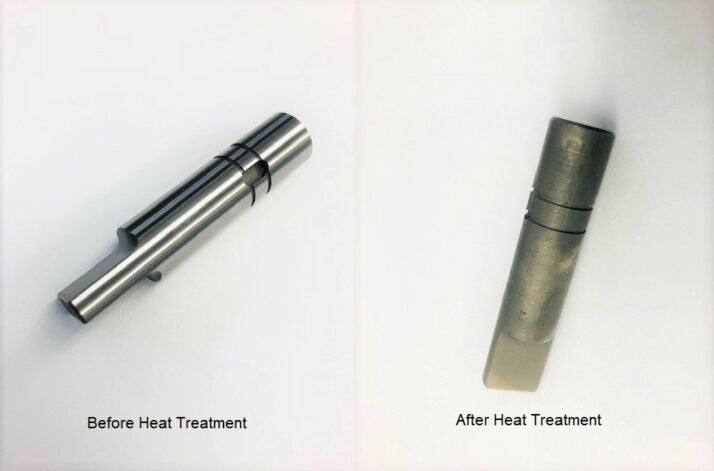
This article provides a detailed overview of the types and applications of heat treatment in CNC machining, from annealing to precipitation hardening, explaining how each process enhances the strength, hardness, and machinability of metal components.
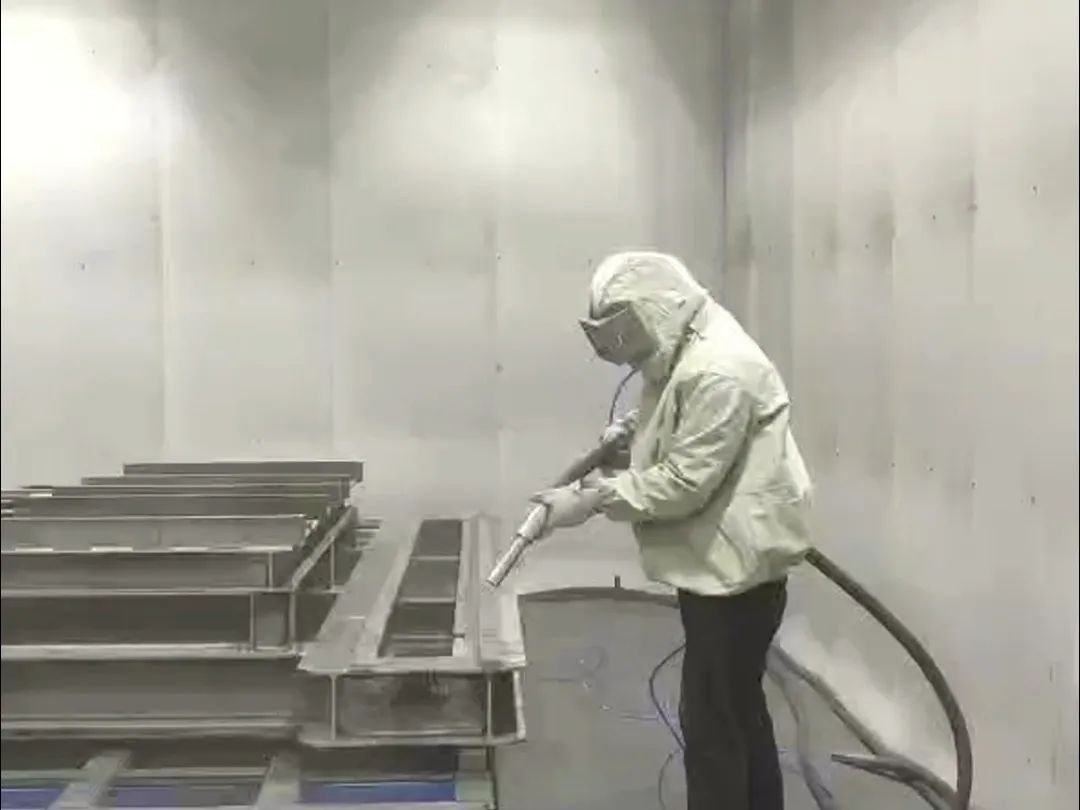
Understand media blasting in detail, how it works, materials used, pros and cons, cost considerations, and tips for achieving optimal surface preparation and finishing results.

Comprehensive insights into metallurgy and heat treatment in industrial applications: from crystal structures and iron-carbon phase diagrams to annealing, normalizing, quenching, and tempering.

Everything you need to know about surface roughness in machining with this 100-question Q&A guide. Learn about Ra values, measurement methods, standards, tolerances, and how to improve surface finish in manufacturing.

Various metal surface treatment processes, including electroplating, sandblasting, anodizing, spraying, polishing and other treatment methods, to understand the principles of the process, applicable materials and typical applications, to help select materials and processing decisions.
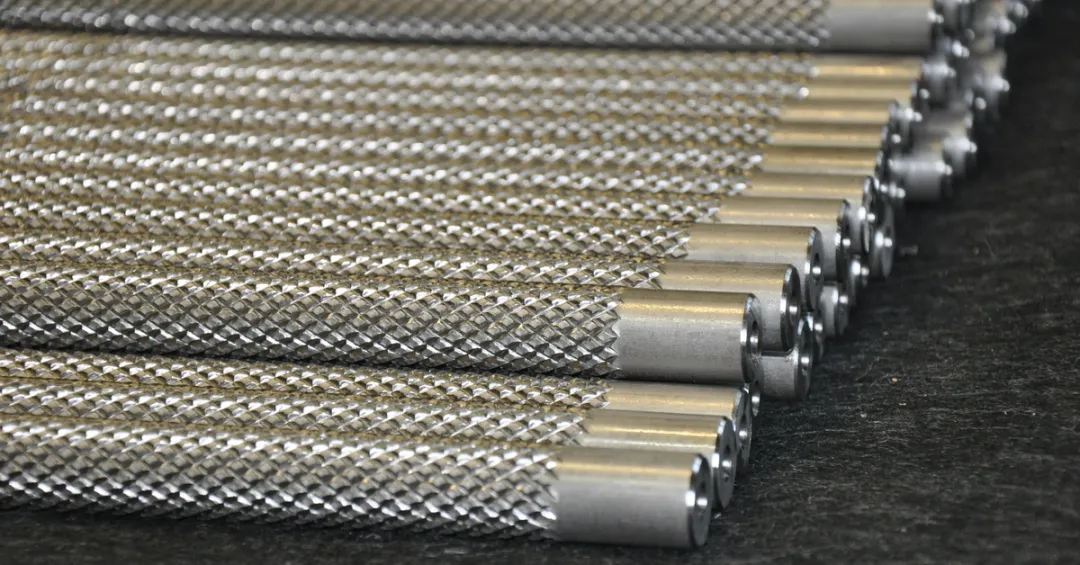
Knurling is a manufacturing technique typically performed on a lathe that involves creating intricate patterns on the surface of a part. These patterns can consist of straight lines, angles or interlocking designs. The knurling process improves the durability and aesthetics of a part while increasing its grip.
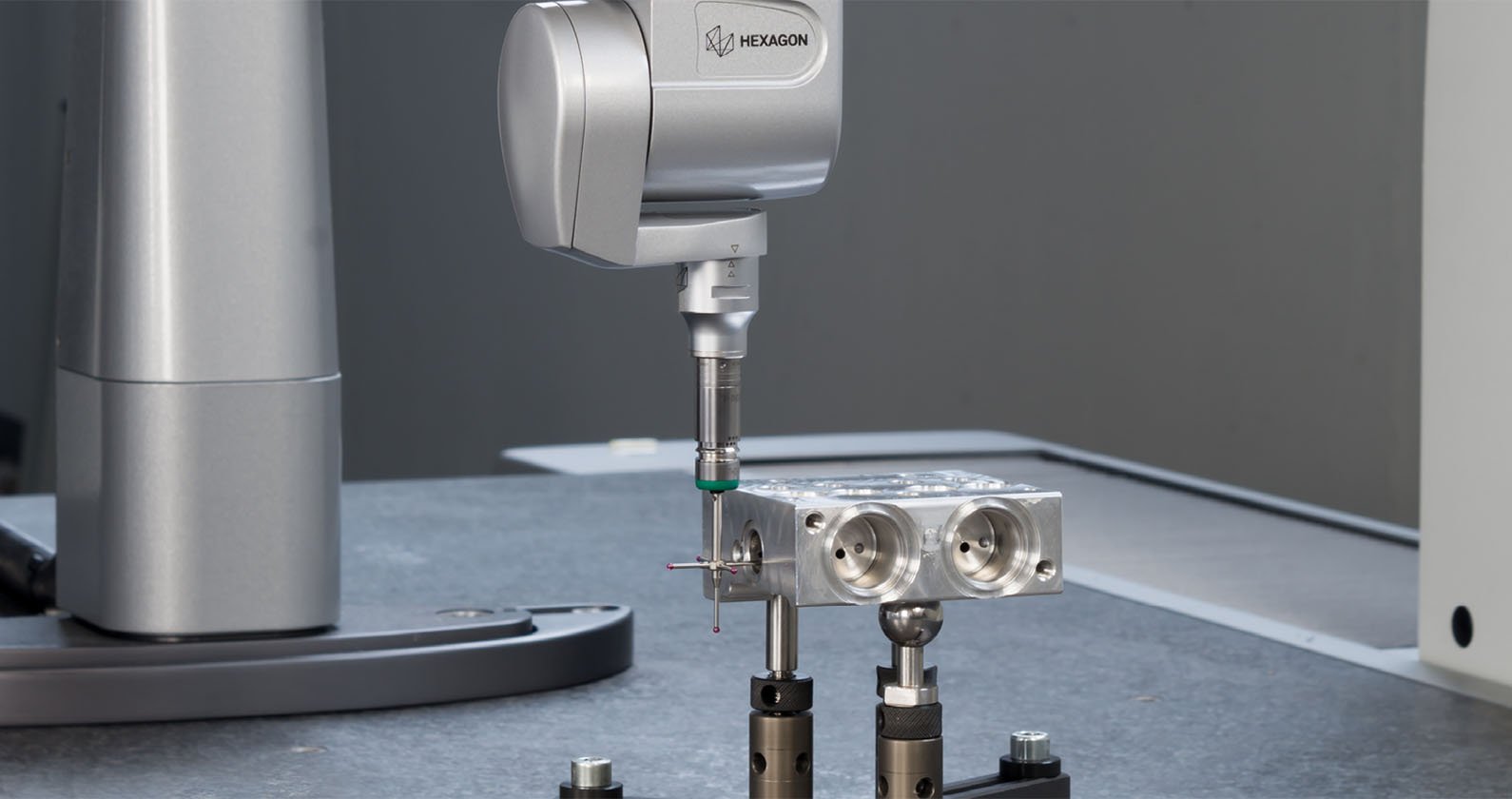
For customers, understanding the key inspection points of machined parts not only ensures that received parts meet design requirements but also effectively reduces rework, production delays, and cost risks. This article provides a comprehensive guide to inspecting CNC machined parts from four key aspects: appearance, dimensions, tolerances, materials, and functionality, along with practical inspection processes and precautions.
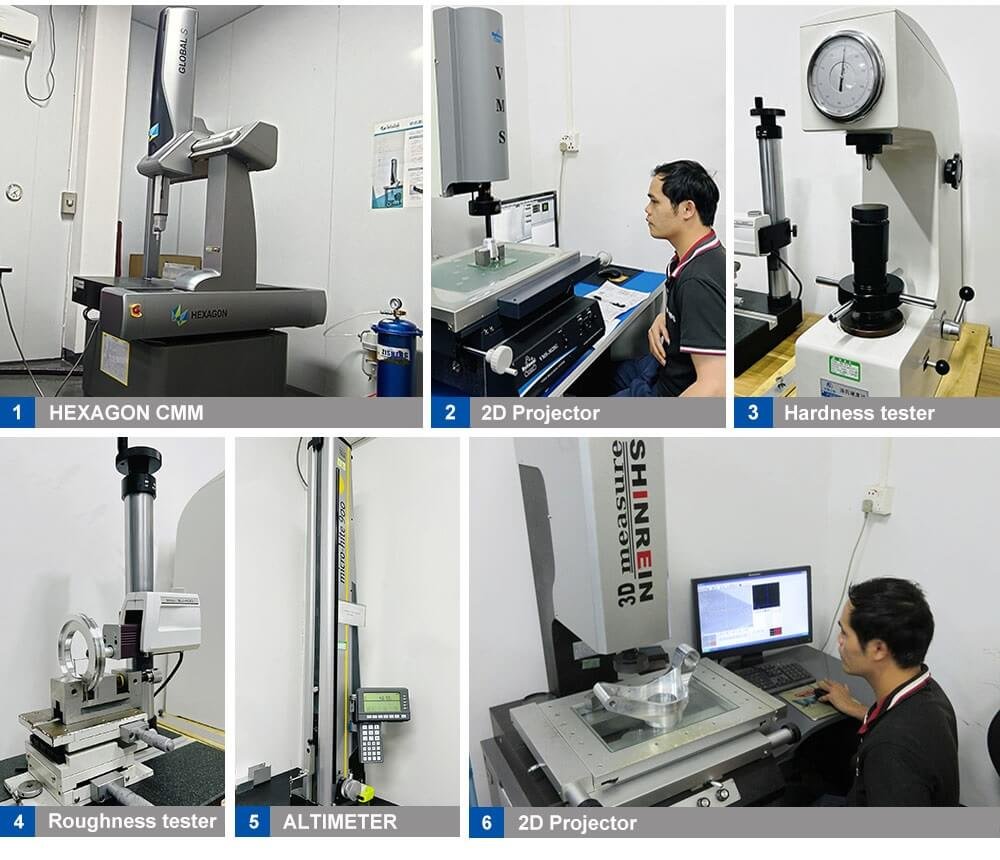
In the precision machining industry, quality is the foundation of customer trust, product performance, and long-term business success. Machining parts manufacturers must ensure that every component not only meets international standards such as ISO, ASME, and DIN, but also aligns with the specific requirements of their clients.
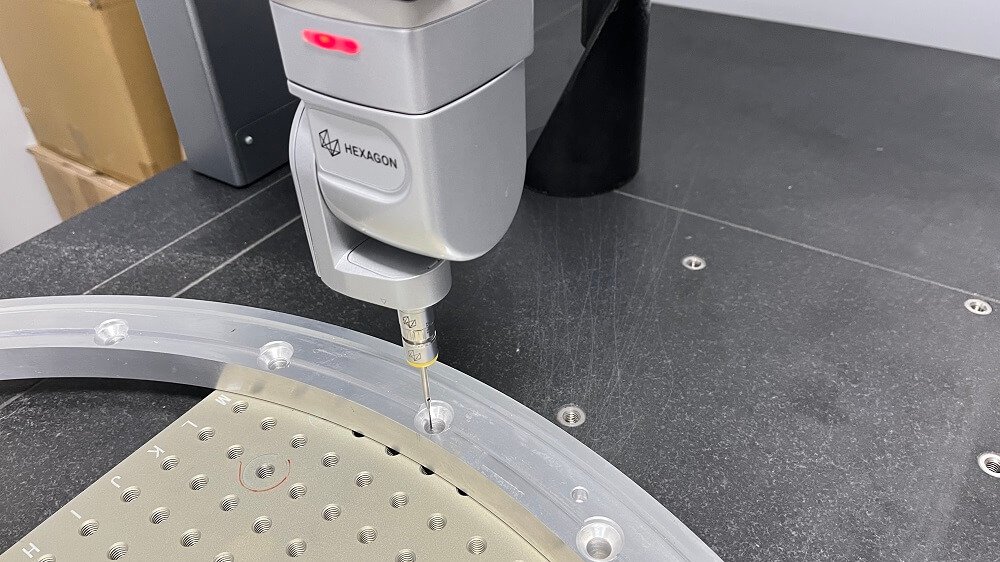
CMM Inspection explained: learn how it works, its applications, benefits, and why YPMFG is your trusted partner for precision machining and quality assurance.
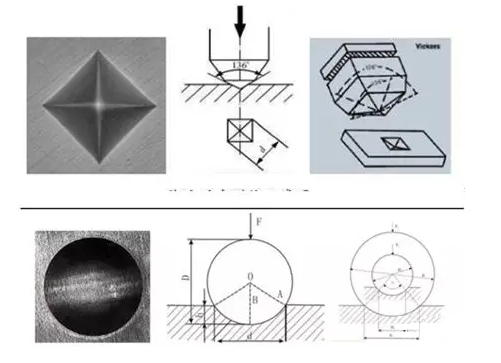
Learn about metal hardness testing methods and scales, including Brinell (HB), Rockwell (HR), Vickers (HV), and Leeb (HL), with conversion references.
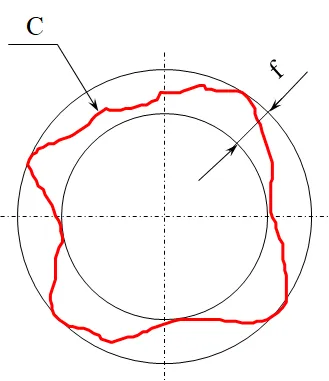
This article will briefly introduce the definition of roundness, its tolerances, sources of error, measurement and evaluation methods, as well as common measurement tools, based on relevant standards (ISO/DIS 1101:2017, ISO 5459).
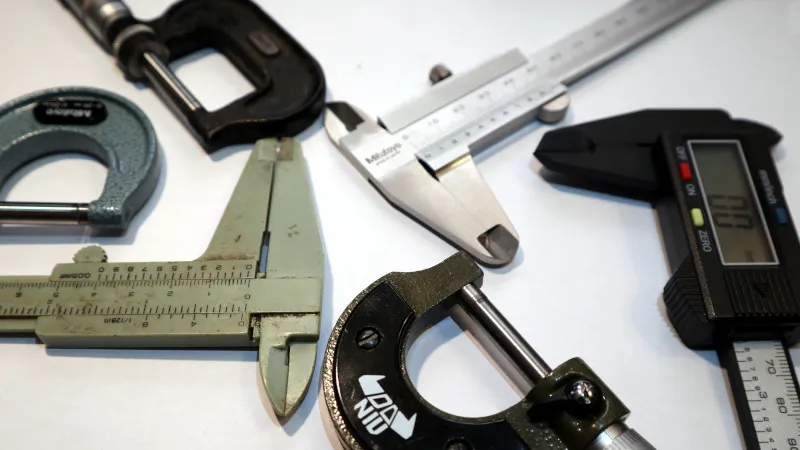
Essential measurement tools used in machining, including calipers, micrometers, gauges, and more. Learn how each tool ensures precision and quality in manufacturing.
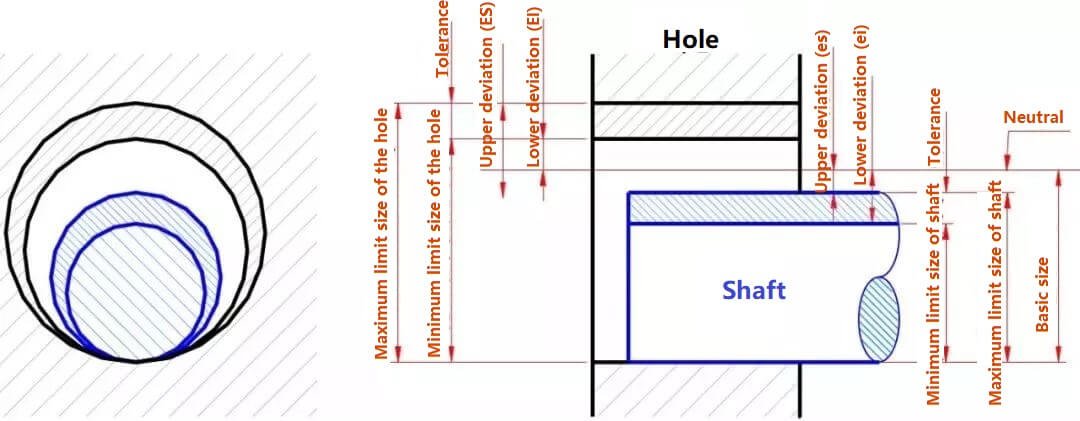
To ensure the interchangeability of parts—where any component from a batch can fit and function properly without selection or custom fitting—the dimensions must fall within an acceptable tolerance range. Well-defined tolerances and fits allow for efficient mass production while maintaining assembly performance, dimensional accuracy, and functionality.
YP-MFG is a leading manufacturer specializing in high-precision metal parts and CNC machining services.
Building A6, The Third Industrial Zone, Fenghuang Community, Fuyong Street, Bao’an District, Shenzhen
Copyright YP-MFG © 2025 All Rights Reserved

Click To Chat
I'm online now.
Hello, this is Judy from YPMFG. How can I assist you today? If you would like to get a free quote or have any questions, feel free to email us at sales@yp-mfg.com
WhatsApp Us
🟢 Online | Privacy policy
Chat with us